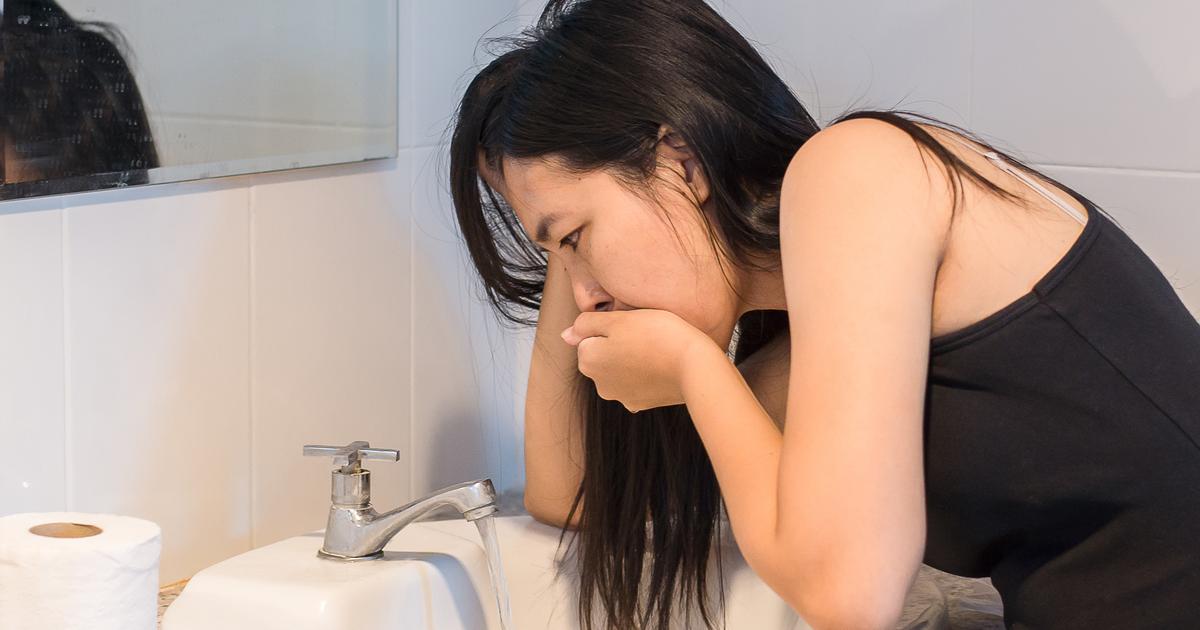Guide To The Symptoms Of A Gallbladder Attack
Nausea and Vomiting

Since the bile duct is blocked during a gallbladder attack, the body is unable to break down fats. This could trigger nausea and vomiting. The pain of the attack could exacerbate these symptoms. Nausea and vomiting are more likely to occur during the early stages of a gallbladder attack. Patients should seek emergency care if these symptoms are present. Doctors need to know when the symptoms began. They will also ask the patient how long the symptoms have lasted. Patients may want to let the medical team know how many episodes of vomiting they have had, and it is beneficial for staff to know if the patient has been able to keep liquids down. At the hospital, patients may be given injections to help reduce nausea. Symptoms usually subside once the gallbladder attack has passed.
Abdominal Tenderness

Abdominal tenderness is another symptom of a gallbladder attack. It is particularly common when the attack has resulted in gallbladder inflammation (cholecystitis). This complication occurs when gallstones get stuck at the neck of the gallbladder. An abdominal examination may be used to assess tenderness. First, doctors will lightly feel the patient's entire abdomen, noting any areas of pain or swelling. Next, they will use firm pressure to feel their abdomen a second time. Pain and tenderness associated with this complication are most likely to be located in the upper right quadrant or the middle of the abdomen. Doctors will ask the patient whether the pain is dull or sharp. It is also useful for the medical team to know if the patient is experiencing tenderness in their upper back or right shoulder. Doctors may examine these areas too. They start by performing an abdominal ultrasound or an abdominal CT scan to investigate the patient's symptoms more closely.
Patients may need to have magnetic resonance cholangiopancreatography, a type of MRI scan that shows gallbladder inflammation, to confirm gallbladder inflammation. Hepatobiliary nuclear imaging may be used to confirm that the patient's cystic duct is blocked. This duct is blocked in cases of acute gallbladder inflammation. Doctors may recommend that patients follow a low-fat diet as a treatment. Fasting may be considered so that the gallbladder can rest. Patients may need to take antibiotics as well. In certain cases, surgery to remove the gallbladder may be recommended, and doctors may also consider draining bile from the gallbladder.
